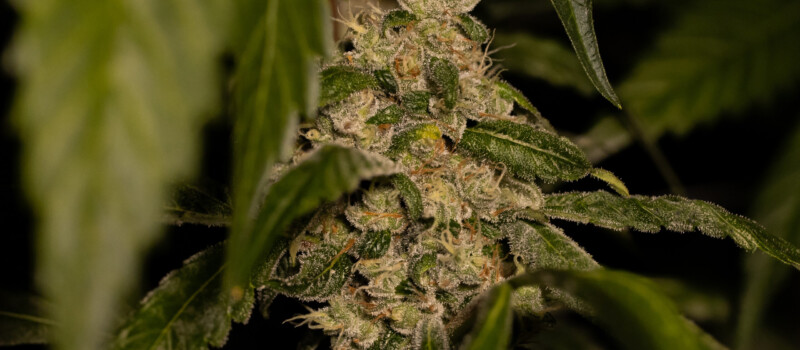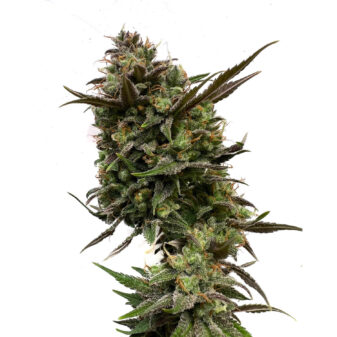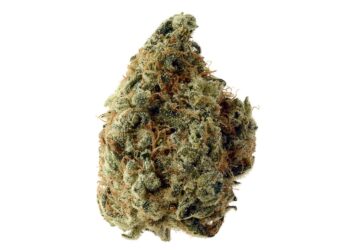These days, any cannabis enthusiast has an incredible number of weed strains to choose from. That’s a good thing if you like having a lot of options. On the other hand, picking the right weed seeds to grow among so many different cannabis strains can be tricky. The best-known way to make that choice easier is dividing all weed types into sativa and indica strains. So here we go: let’s explore the difference between cannabis sativa and indica strains.
Table of Contents
The Sativa And Indica Difference
If we start at the beginning – usually a wise idea – we can state that all weed types, strains, or variants fall under the same plant genus. This genus is officially called Cannabis sativa L., which covers all weed variants in existence. We have now entered the realm of taxonomy, which is a scientific system used to classify all living things in existence.
Taxonomy divides life on earth into a hierarchy of eight categories: Domain, Kingdom, Phylum, Class, Order, Family, Genus, and finally Species and Subspecies, in declining order. Strictly speaking, after this comes the distinction between different strains; but these are simply variants occurring within a single (sub-)species.
Cannabis Taxonomy: Genus, Species & Strains
The confusion starts one level below genus Cannabis on the taxonomy ladder, which is the step of species. Although Cannabis is a single genus, it is then classified as one species, Cannabis sativa L., which is then further divided into three subspecies. These subspecies are Cannabis sativa L. (again), Cannabis indica Lam., and Cannabis ruderalis Janisch. Okay, with that in mind, let’s return to the subject: the difference between cannabis sativa and indica.

Boiled down to layman basics, weed (the broad cannabis genus) can be classified as either sativa, indica, or ruderalis species. We will skip the ruderalis species here, since these are generally only used to crossbreed autoflower strains. We are then left with sativa and indica species. So far, so good. Here, however, we run into the next problem: many experts claim that neither sativa nor indica exist anymore; at least not in any meaningful way.
Does The Difference Between Sativa And Indica Even Exist?
So what’s going on here? All scientific classifications and plant taxonomy aside, why claim that sativas or indicas don’t exist anymore? The problem is crop cultivation and crossbreeding. Originally, cannabis was found only in nature. In some areas, you’d find pure indica species, while elsewhere, only sativa plants could thrive. All that changed in the 20th century, though, as growing numbers of cannabis enthusiasts started looking for more potent types of weed.
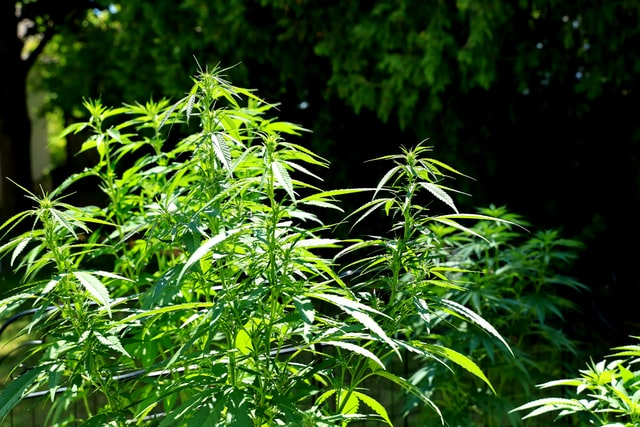
Hybrid Strains And The Crossbreeding Frenzy
Growers and breeders went into a crossbreeding frenzy. They crossed all sorts of cannabis found all over the world, selecting for positive genetic traits like THC content, potency, flavour, or mould resistance. Obviously, this involved a lot of crossbreeding indica and sativa cannabis strains. Hundreds of fabulous strains were invented in a matter of decades.
The big drawback, however, was that pretty soon, nobody managed to find any original ‘landrace’ cannabis plants anymore. In their crossbreeding frenzy, breeders lost the ‘original recipe’ of the pure sativa and indica genetics they started out with. All they had left were crossbreeds between the two. Sure, some of these indica-sativa hybrids were sativa-dominant while other were dominated by indica genetics, but today, just about all strains have bit of both species in their DNA.
Growing Sativa And Indica Cannabis Strains
If you look at any respectable seeds bank today, you will see a whole bunch of weed strains labelled either sativa or indica. The truth is, however, that these are all sativa and indica dominant strains. To further complicate the matter, a general atmosphere of secrecy and paranoia has blurred the genetic origins of most hybrid strains on today’s market. That means nobody can be exactly sure about the strains, species, and genetics used to create any contemporary strain.
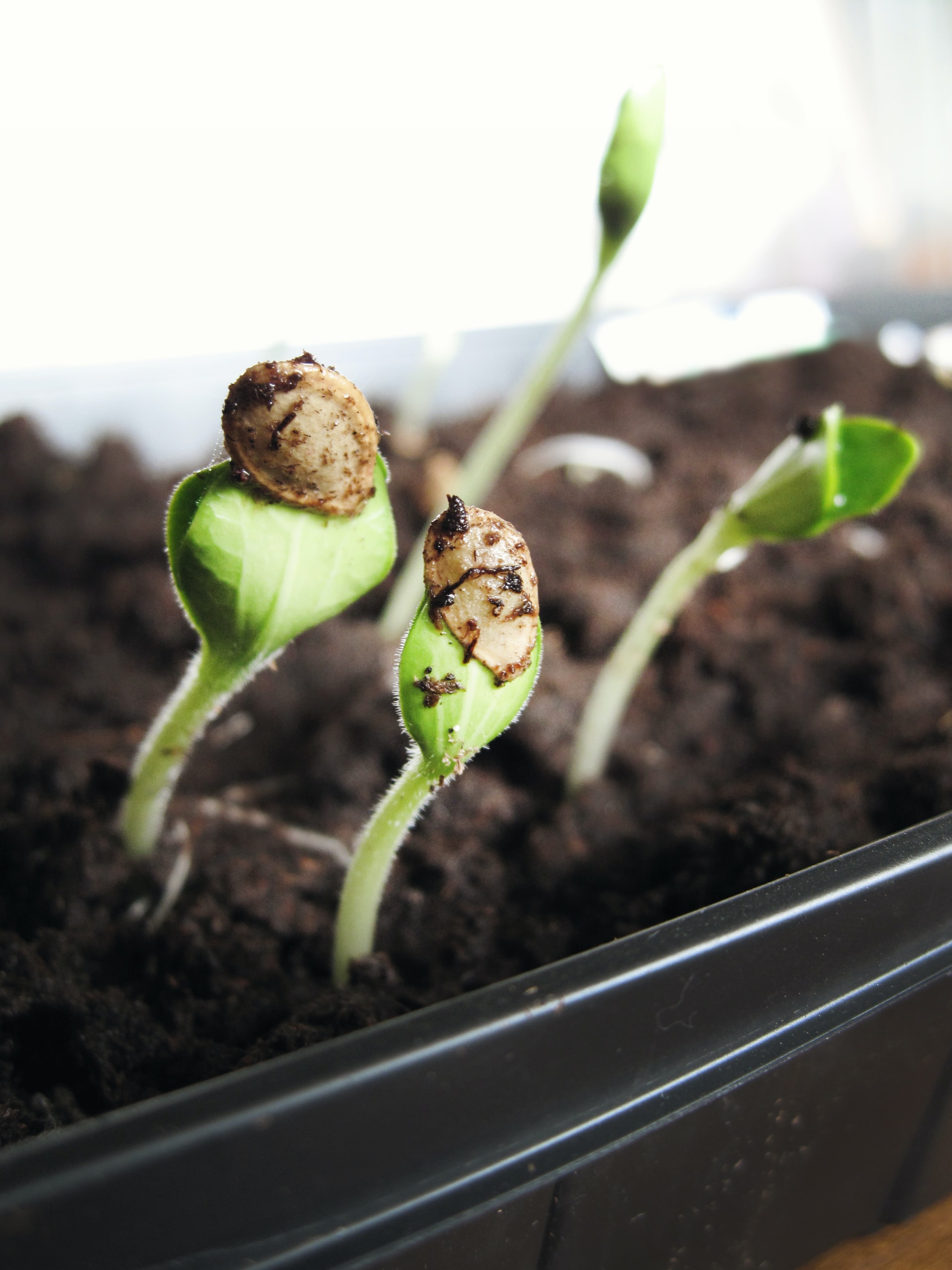
So where does that leave us marijuana growers, then? Is the sativa indica difference a useful distinction? Well, to be fair, it is useful to know whether you are growing an indica (dominant) strain or a sativa (dominant) plant. As long as you keep in mind that these are just broad distinctions, you can use knowledge of typical sativa and indica cannabis traits to your advantage while growing weed seeds. Let’s try and figure out how that works.
Choosing Sativa And Indica Seeds
The broad distinctions between sativa and indica (-dominant) cannabis have consequences for their effects (medicinally and recreationally), their plant anatomy, and the best way to grow them. Let’s outline the biggest differences in effects first, because that is an important factor in deciding which type of weed seeds you’ll grow.
Difference In Sativa And Indica Cannabis Effects
The crudest distinction between sativa and indica effects is the mind/body divide. Generally speaking, heavily indica-dominant strains tend to focus their effects on the body and on relaxing, calming influences. Some say this makes growing indica cannabis seeds good for evening time consumption, chilling out on the couch and then sleeping like a baby. This collection of effects is known as a ‘body buzz’ or ‘body stone’.
Sure enough, you will find all of these effects and more in sativa-dominant strains, too, but they are more likely to occur in the most ‘indica-ish’ weed strains.

Typical Indica Effects
The Amsterdam Genetics seeds collection has plenty of great indica-dominant strains. Some of our most indica-leaning seeds include Chocolato and Green Magic, and indeed, these strains display typical indica effects with deeply relaxing, body-oriented effects.
Medicinal Indica Qualities
Anyone growing cannabis for medical reasons will appreciate the typical body effects of indica-dominant strains. Indica cannabis seeds often pack quite a punch against (chronic) pain, due in part to their higher myrcene content and their tendency to contain more CBD than most sativas do.
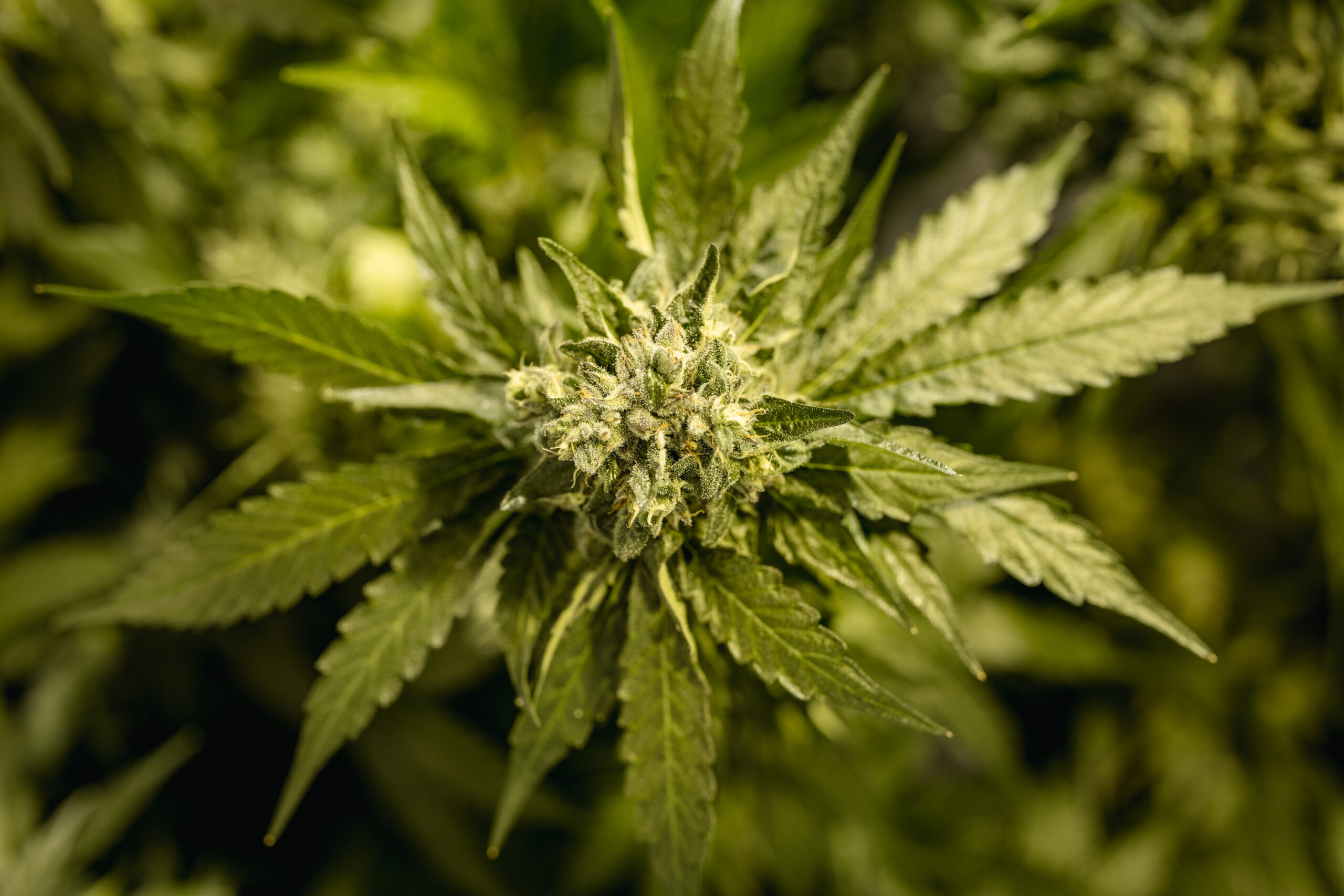
Growing Indica Strains
The specific grow qualities of indica-heavy weed plants can mostly be explained by their evolutionary history. The original and pure Cannabis indica Lam. genetics were first found in the area covering today’s India, Pakistan and Afghanistan. Coming from mountainous areas and extreme climates, these plants developed into robust and stress-resistant organisms over the years. To be able to thrive in those harsh conditions, indica strains would not grow very tall, but rather short and bushy with broad and dark green leaves.
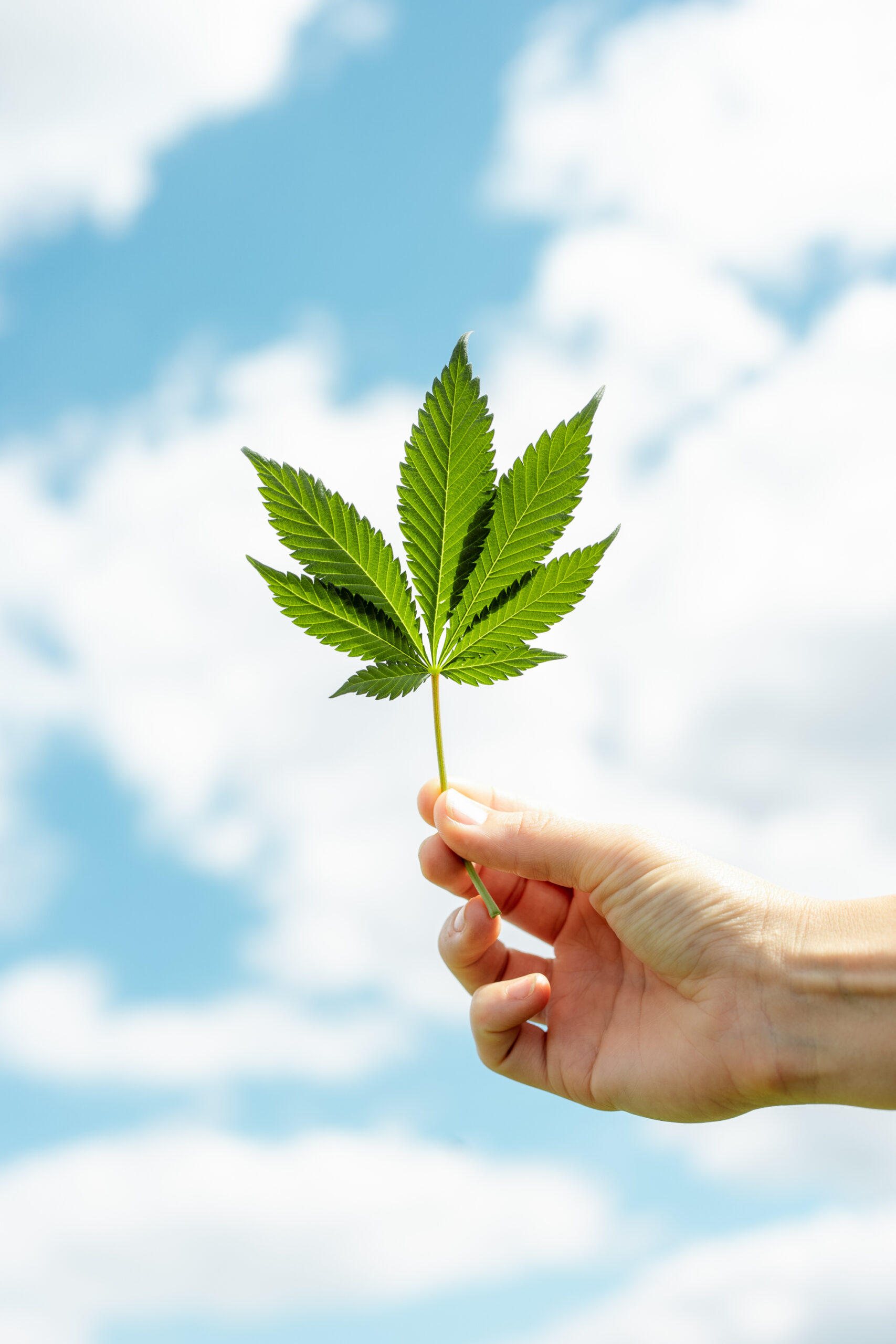
Cannabis strains with indica dominant growing traits, like our very own Milkshake Kush (autoflower) for example, will accumulate 50-80 percent of their total height in the vegetative phase of their life cycle. So apart from a short stretch after switching to the flowering phase, indicas will not grow much taller when in bloom. Because the flowering period is usually relatively short for indica strains (6-9 weeks), it is no problem to keep them in vegetative state longer to increase yields.
Growing Indica Cannabis For Beginners
Their build and resistance to stress make indica dominant cannabis strains easy to grow. First-time growers are therefore often advised to start with a strain with indica-dominant growing characteristics. The shorter flowering stage can also be a bonus for outdoor growers, since they are less prone to bud rot problems associated with late summer and early autumn – with any luck, you’ll be done harvesting by then.
Growers with no experience whatsoever could make things even easier for themselves by picking an indica autoflower strain like AK-020 Auto or White Choco Auto, for instance. Autoflower strains contain a touch of ruderalis genetics, which causes them to start flowering when they feel they are ready – no need for you to worry about switching from growth to flowering stage on time!
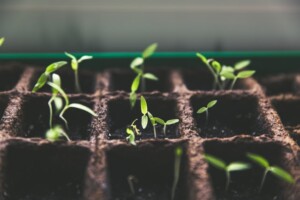
Typical Sativa Effects
In contrast to indica strains, sativa cannabis variants tend to focus their effects on the brain rather than on the body. This cerebral effect is usually portrayed as uplifting and activating, making heavily sativa-dominant strains more suited for daytime use than their indica counterparts. These brain effects are often called a ‘brainbuzz’ or ‘head high’.
Our sativa-dominant hit strains Super Silver Haze and Amnesia Haze tend to produce intense cerebral highs, although both differ in their subtle expressions. Connoisseurs often claim sativa weed sparks creative, spontaneous thought and increases mental focus. These effects differ enormously between individual users, though, so don’t take anyone’s word for such claims and be your own judge.

Medicinal Sativa Qualities
The medical purposes people seek in growing their own sativa cannabis are usually more head-oriented than those associated with indicas. Fatigue is a typical issue people tackle with sativa strains, as are depression, low moods, and anxiety. When it comes to terpenes, sativa weed tends to contain higher levels of caryophyllene than most indicas do.
Growing Sativa Strains
Sativa strains first originated in parts of the world now known as Asia, parts of America and Africa. Because of the hot and dry climate in those areas, sativa-plants developed into tall plants with long and slim-fingered leaves – to help prevent evaporation of the much needed moisture in the plant.
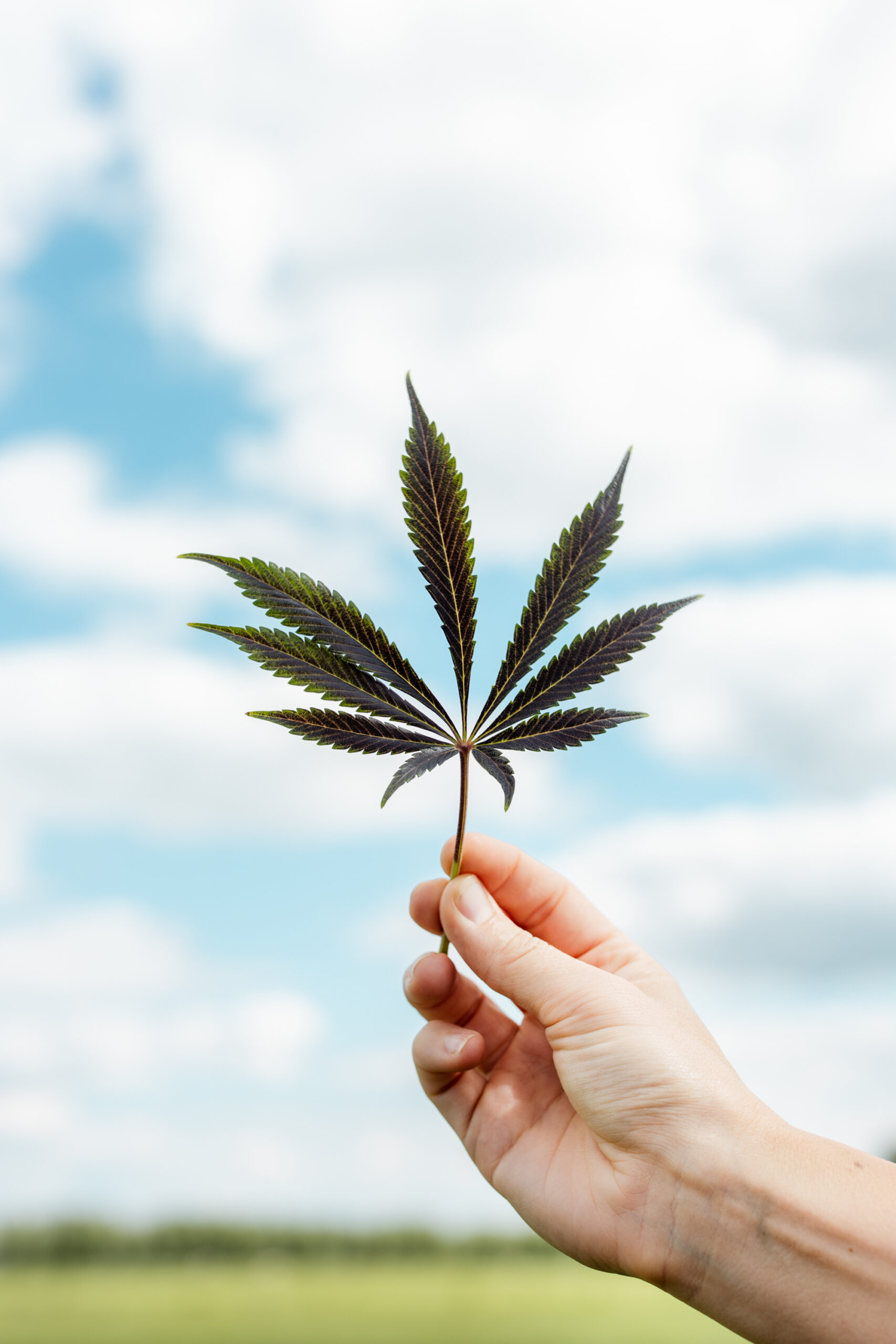
These traits come in handy when growing indoors in the summer or outdoors in hot climates. As sativa plants are less susceptible to heat-related stress but rather dislike colder environments. Due to the lack of a cold autumns in these areas, where days shorten and nights become longer, sativa plants are less dependable on long nights to start flowering. Outdoor growers looking for heavily sativa-dominant genetics are generally better off in Mediterranean or equatorial climes than in Northern Europe or Canada, for instance.
Larger Plants, Longer Flowering Times
This insensitivity to day and night can be handy for indoor growers. They can change their lighting schedules to switch their sativa plants to the flowering stage soon after germination. After all, sativa strains gain up to 75 percent of their final height during the flowering stage.
Sativa plants can grow up to 1.5 times their size from the moment they start flowering. This trait makes sativas more complicated to grow; but it’s nothing that can’t be learned through trial and error. On top of that, this is where the crossbreeding frenzy can be an advantage, since many sativa dominant strains have some indica aspects on board to offset these drawbacks.
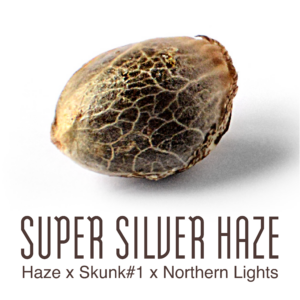
In comparison, indica-dominant cannabis strains only gather 20-50% of their total height in their short flowering stage. The flowering period generally lasts much longer for sativa plants: usually 11-12 weeks on average, but up to 20 weeks for some sativa cannabis strains. Furthermore, sativa buds tend to grow longer and less compact than indicas, making yields appear heavier than they actually are. These spacious colas do offer advantages for growers, though: they allow for better circulation, which reduces risks of bud rot catching on.
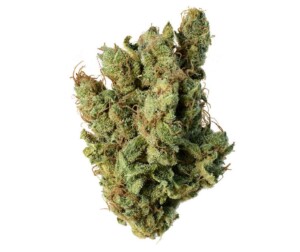
Strains And Chemovars Instead Of A Sativa And Indica Difference?
With all the above in mind, let’s try to reach a conclusion here: is it useful to keep talking about sativa and indica cannabis strains? From what we’ve seen, it all depends. It helps to know the (very) broad distinctions between the two, but only if you keep reminding yourself it’s a very crude divide.
These days, the real ganja gurus and bud buffs prefer to talk about chemovars rather than strains, skipping the sativa and indica divide altogether. A chemovar is is CHEMical VARiant of the Cannabis sativa L. genus, meaning it can be either sativa, indica, ruderalis, or any hybrid in between. Chemovars are distinguished not by ancestry or outward appearance, but by the cannabis compounds they contain at the biochemical level.
Terpene Profiles
One important way to distinguish chemovars is by identifying their respective terpene profiles and cannabinoid compositions. Cannabinoids are compounds like THC, CBD, and CBG, which all cannabis plants produce in various quantities. Terpenes are also plant compounds, but these are found all throughout the plant kingdom.
Over 100 different terpenes have been found in cannabis strains so far. Terpenes determine the scent and flavour of a plant, but in cannabis, they also subtly influence the effect of the cannabinoids. These influences are called the entourage effect. That means they affect how any different highs of sativa and indica play out.
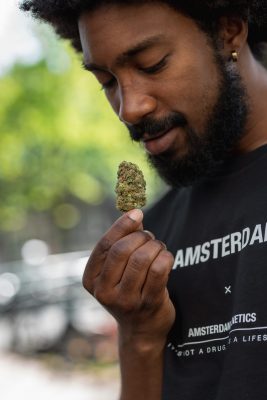
Some of the most important cannabis terpenes include:
- Myrcene;
- Humulene;
- Limonene;
- Caryophyllene;
- Terpinolene;
- Linalool;
- Pinene.
As you can see in the underlying blogs, they all have their own distinct influence on the cannabinoids in any strain (or chemovar, technically speaking). So rather than deciding to order sativa cannabis seeds, you could decide to look for a chemovar with a strong limonene and myrcene terpene profile, for instance.
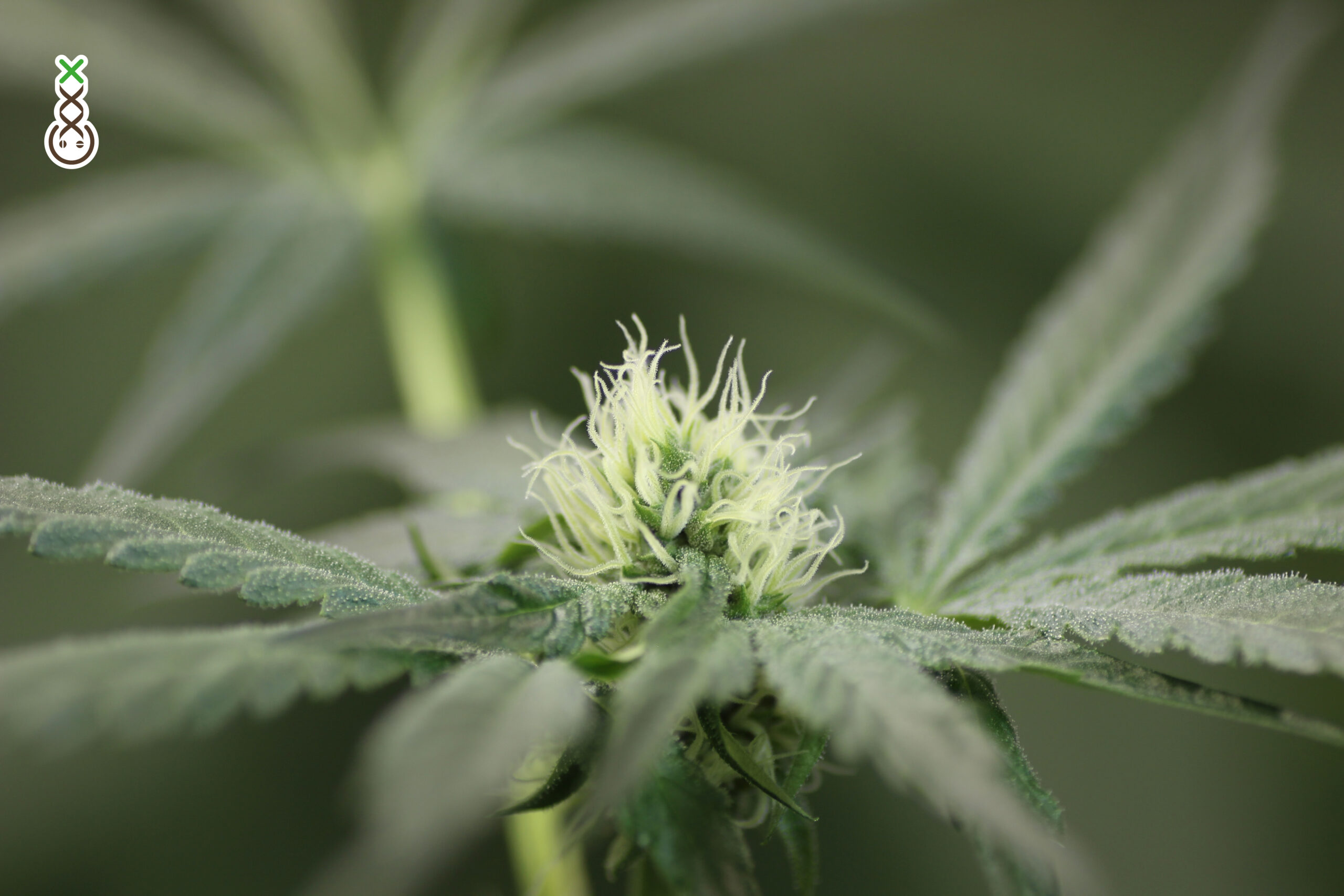
The chemovar approach has a few drawbacks of its own. The most pressing one is its lack of physical traits to support choices for one chemovar or the other. Sure, it’s fine to look for a high pinene, low myrcene, medium THC chemovar, but how do you know where to look? Chemovar classification depends on expensive lab tests; especially when you can’t smell the terpenes on your screen when you order cannabis seeds online.
Then there’s another point worth considering. Chemovar types and exact biochemical composition depend on grow practices and environmental factors to considerable extent. So even if you find that perfect chemovar that ticks all you boxes on paper, your own harvest could turn out very differently. Different nutrients, climate and weather variations, and soil type are just a few factors that come into play here. It seems, then, as if chemovar classification has a few serious disadvantages of its own.
Conclusion: The Difference Between Sativa And Indica
If we add up all of the above information, we can draw some careful conclusions on the difference between indica and sativa cannabis. As we have seen, any alleged difference between sativa and indica strains is partly a false distinction, mainly due to the many crossbreeds for sale today.
On the other hand, trying to pick seeds based on chemovars and subtle chemical differences is pretty hard to do for most growers. So what do we do to make sure we get the best match for our personal preferences and grow goals? The answer is twofold: 1) use your common sense; and 2) buy seeds from trusted suppliers.
Common sense will tell you that the labels sativa and indica are never more than part of the story. Common sense will also remind you that if you know their limitations, sativa and indica cannabis distinctions can be rather helpful. As you learn more about the thousands of strains and/or chemovars out there, you’ll gradually get better at picking seeds that suit your taste.
Nothing Beats A Good Seeds Supplier
Relying on trusted seed suppliers is even more important, though. It is your only way to make sure that the strain information is correct and nuanced, no matter which types, effects, or medicinal potential you are looking for.
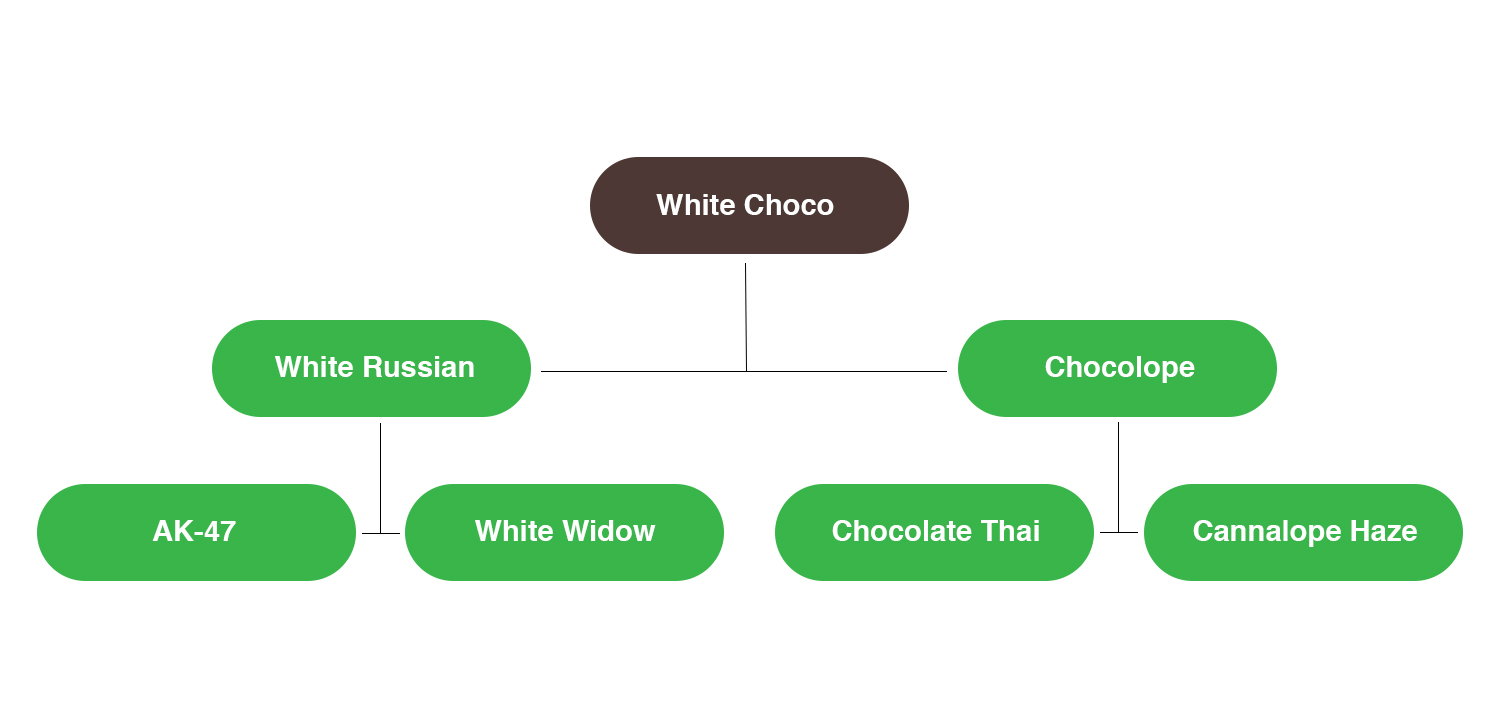
Let’s just say it’s a good thing you ended up here at Amsterdam Genetics. Our strain descriptions always state the sativa and indica percentages of every different kind of seeds we supply. What’s more, we also state the parent strains used to arrive at our seeds. That gives you a pretty accurate impression of the traits you are likely to find in the cannabis seeds you order. From there on out, it’s all up to you – but don’t worry, we have a truckload of Grow Blogs waiting to get you to that harvest with minimum hassle!
So, returning to our original question, let’s see what you’ve learned….
Sativa or indica cannabis seeds: what’s your preference?








